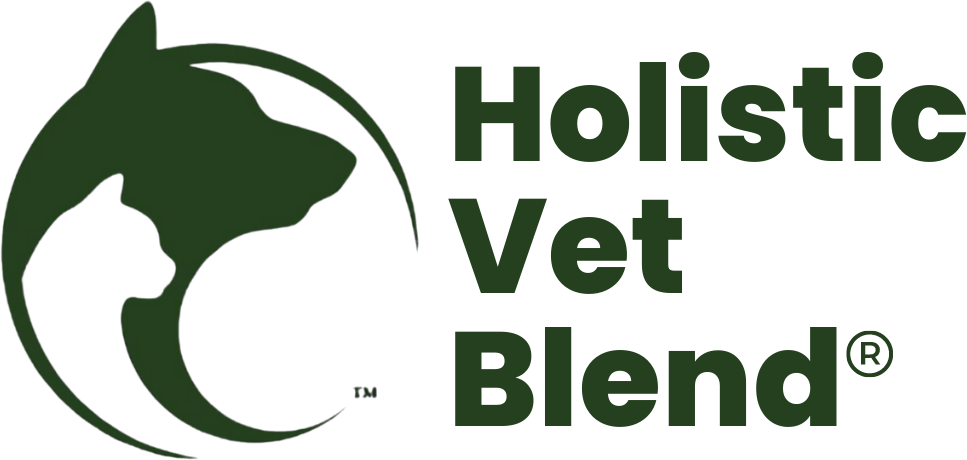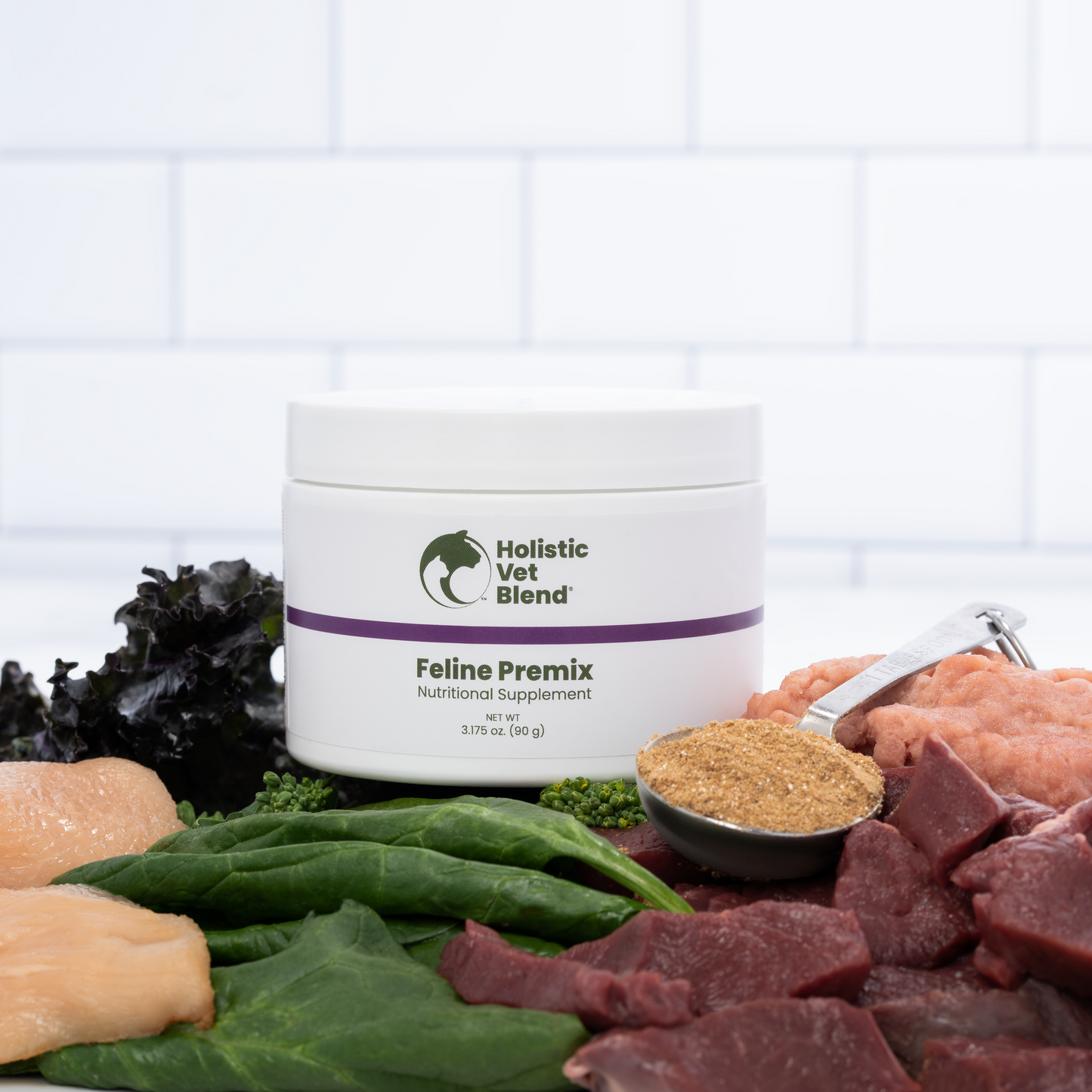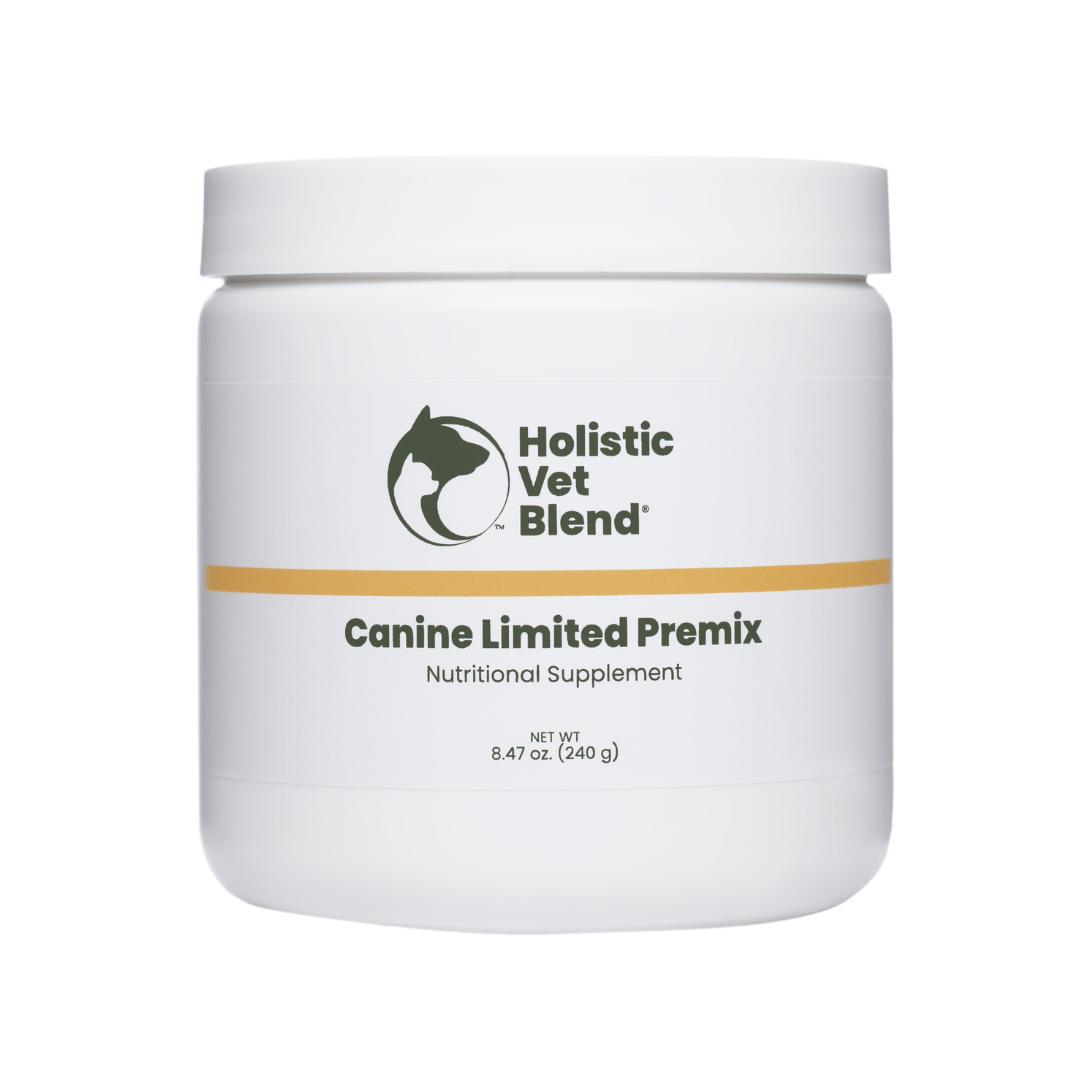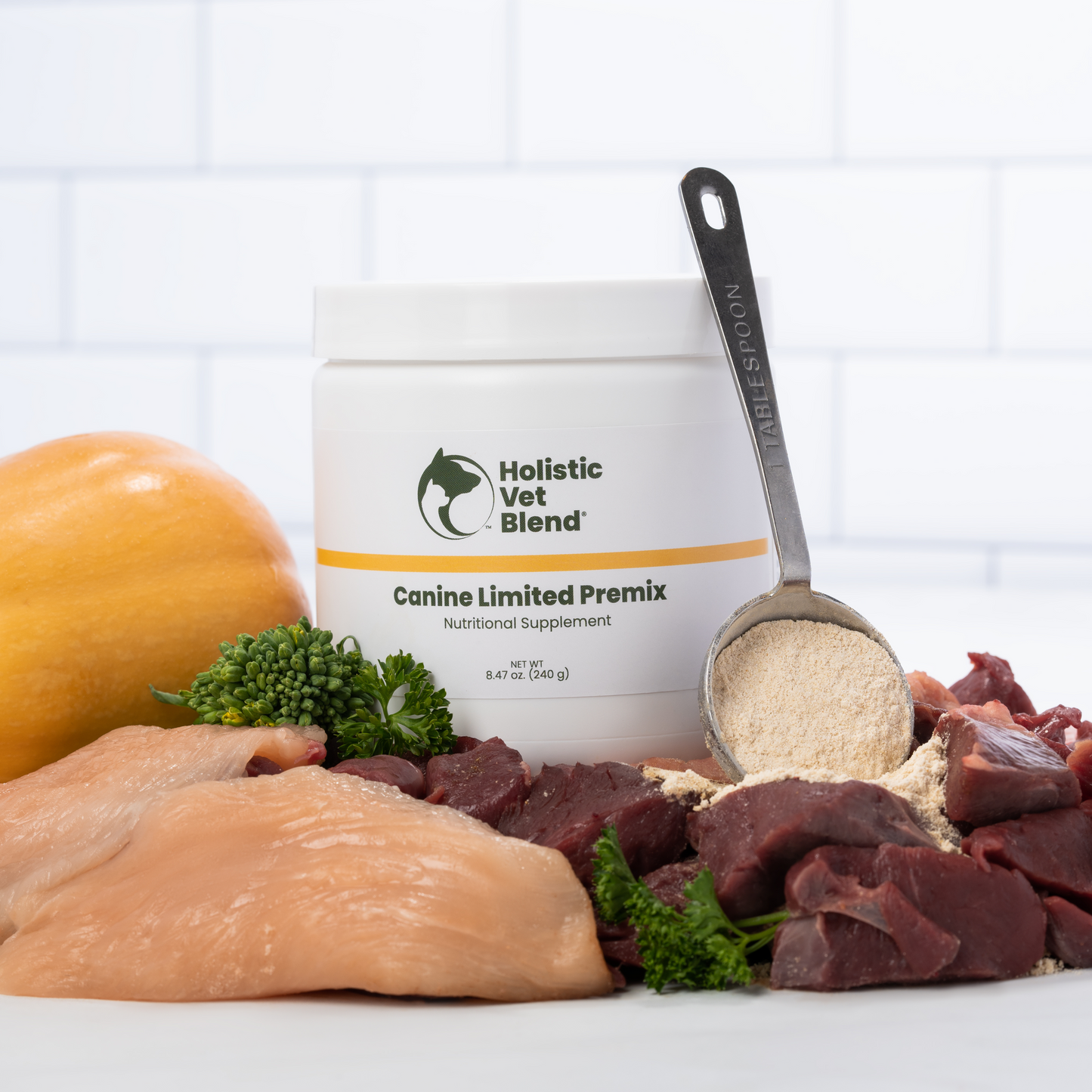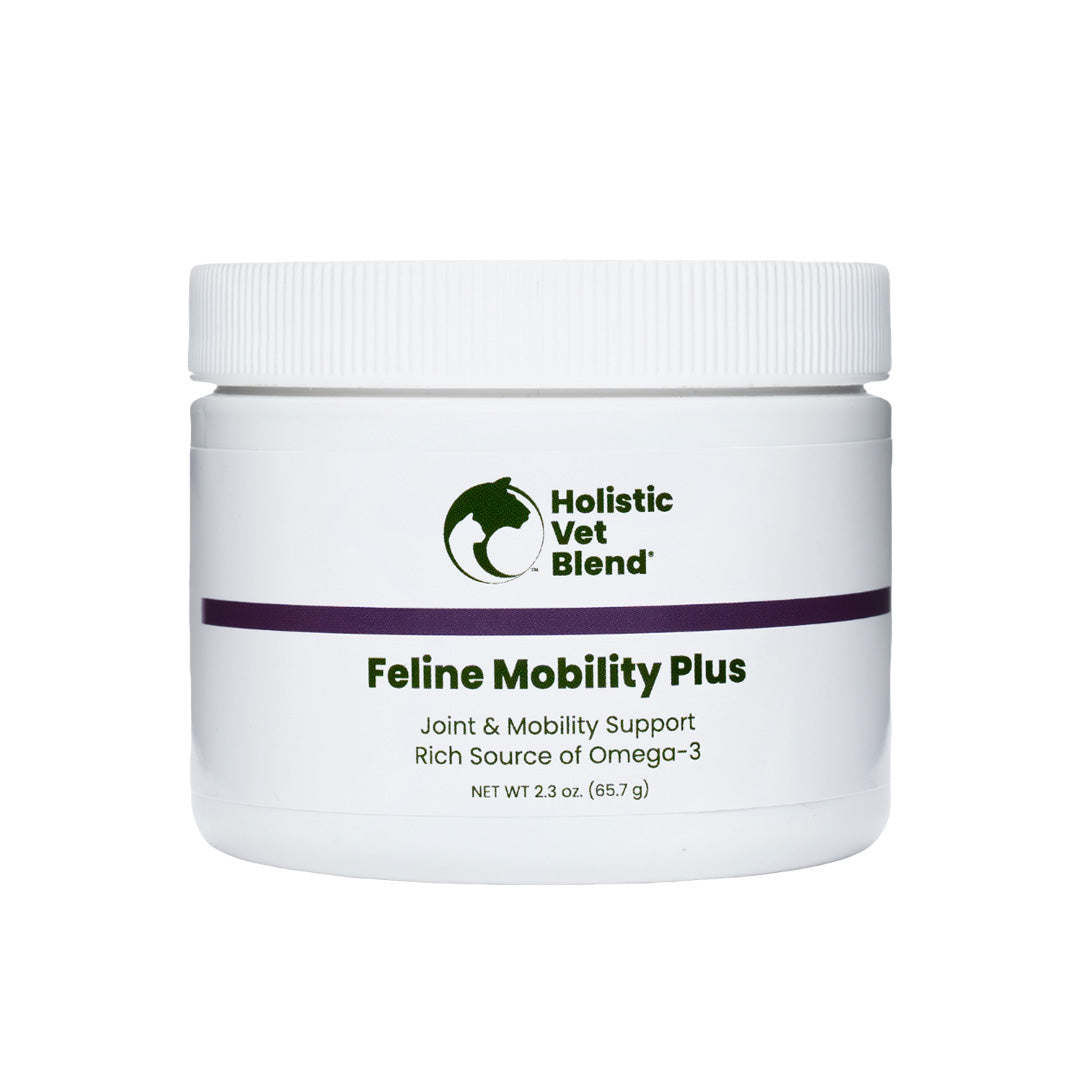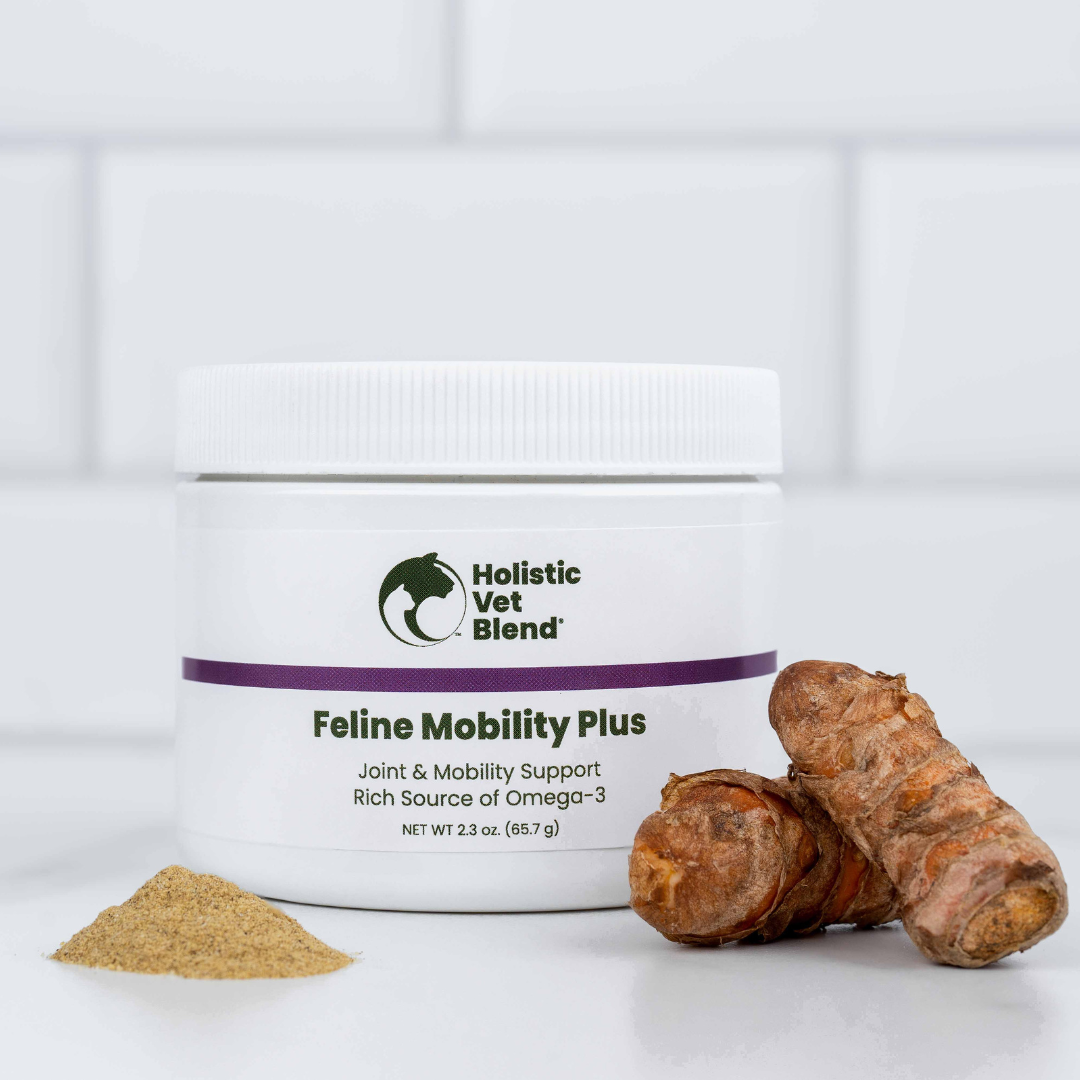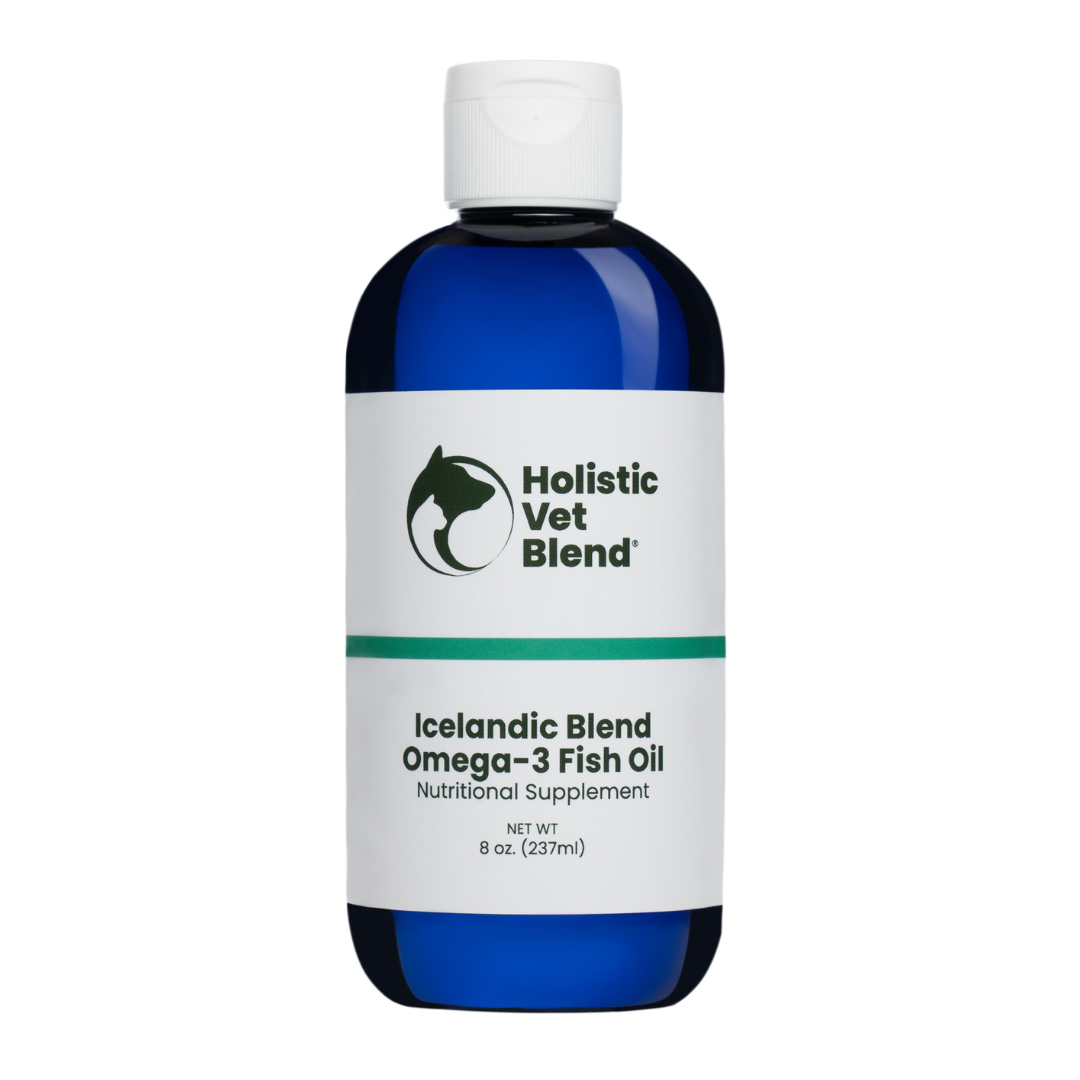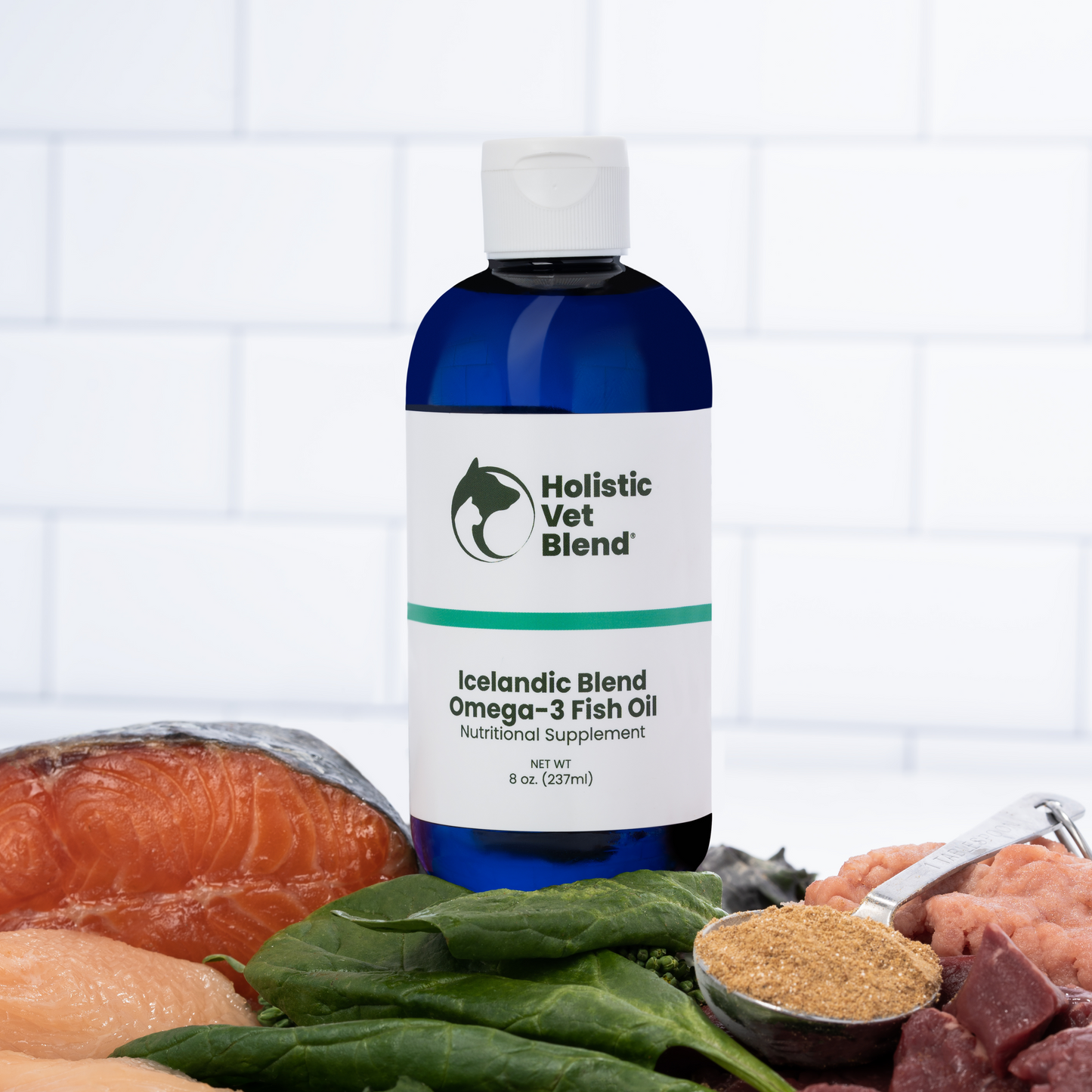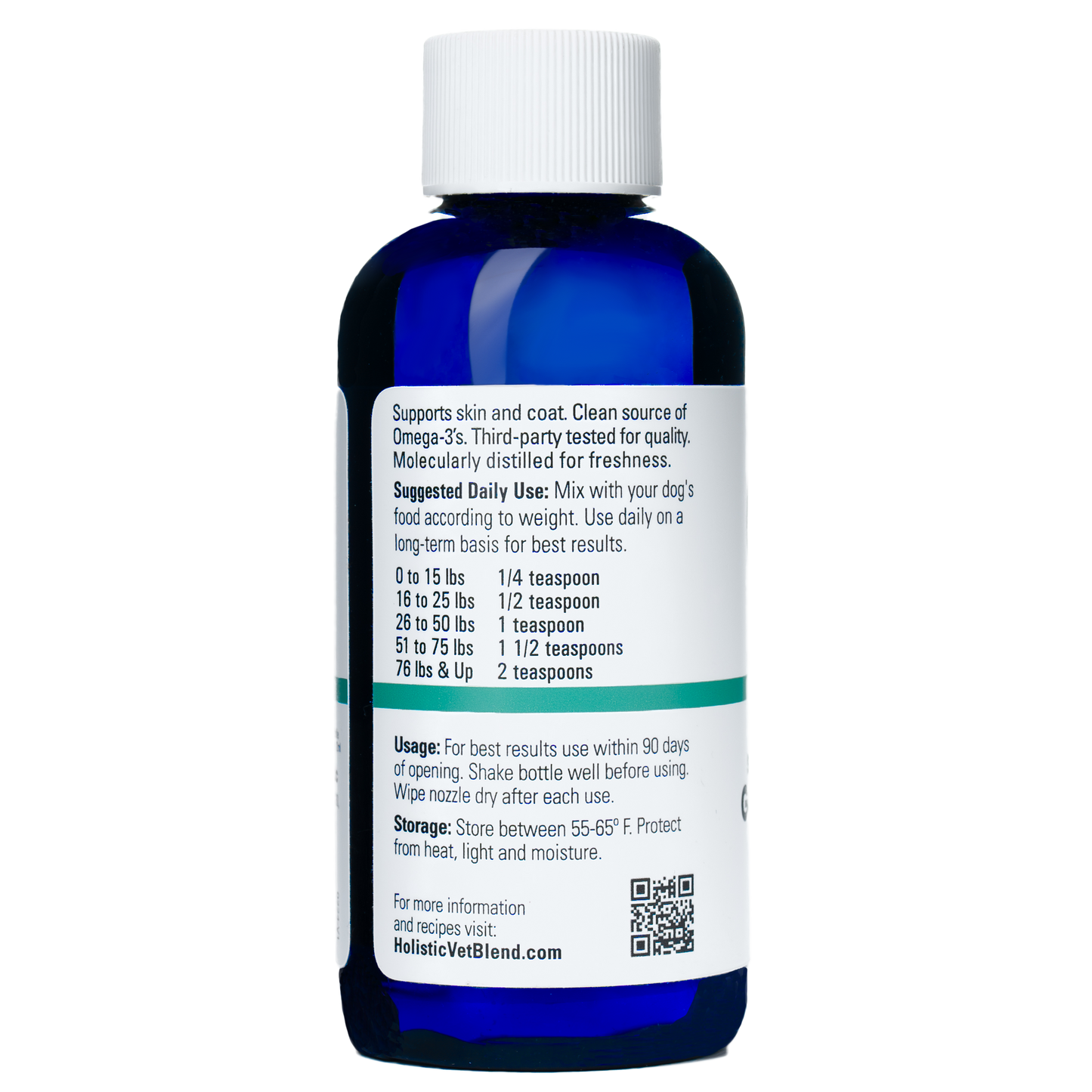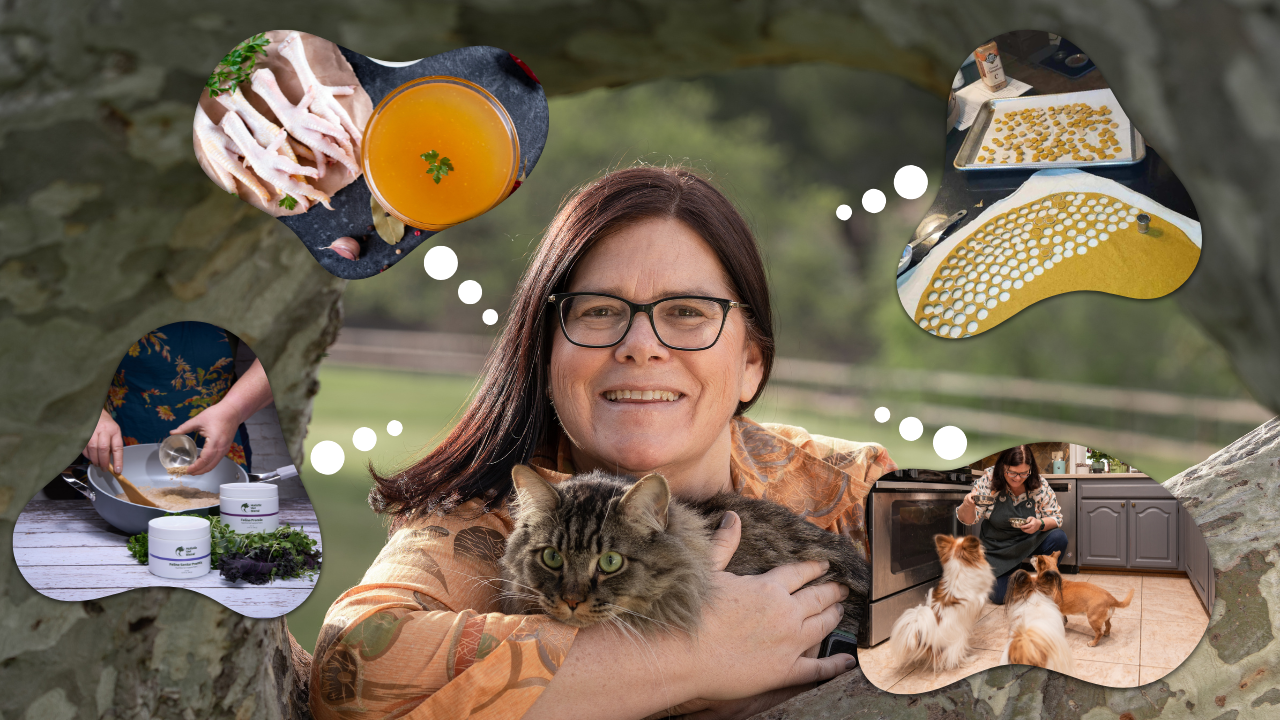
Introduction
As loving pet lovers, we naturally want to provide the best for our furry friends. However, in our quest to keep them happy and healthy, we often overlook the staggering impact of pet food and its packaging on our environment. Did you know that the pet food industry generates approximately 300 million pounds of plastic waste annually in the United States alone? Shockingly, 99% of this packaging is not recycled, ending up in landfills and our oceans.
With a bit of creativity and effort, you can help combat this waste. In this blog post, we’ll share ten ways to reduce food and packaging waste, allowing you to care for your pets and the planet simultaneously.
The Problem With Food Waste
Food waste is a staggering global issue, with approximately one-fifth of all food produced for human consumption—about 1.3 billion tons of municipal solid waste food scraps. Tons of food waste go uneaten yearly, enough to feed 3 billion people. This waste, equating to millions of pounds of food, not only squanders a significant portion of our water supply, valued at $172 billion, but also contributes to climate change by generating 4.4 gigatonnes of greenhouse gas emissions annually, positioning food loss as the third-largest emitter after China and the United States.
Pet owners can play a role in mitigating this crisis in our food supply by creatively repurposing some of this food waste into homemade pet food recipes, ultimately impacting our overall food supply. By doing so, they can reduce waste while ensuring their pets receive nutritious meals, thus contributing to a more sustainable food system. (Source: EO Movement, Earth.org)
The Problem With Pet Food Packaging
The environmental impact of pet food packaging is substantial and often underestimated. Much of the pet food we purchase is packaged in non-recyclable materials, such as plastic pouches and metal cans, resulting in approximately 300 million pounds of plastic waste annually. 99% of pet food packaging is not recycled and ends up in our landfills and oceans.
The Environmental Impact of Refrigerated Foods
This issue is compounded by the refrigerated transport of fresh and frozen foods, which adds to the carbon footprint associated with feeding our pets. By preparing homemade pet food and treats, pet owners can significantly reduce this waste, as making meals from whole ingredients typically requires much less packaging than store-bought options. Not only does this approach benefit the environment, but it also enables owners to take control of their pets' nutrition while reducing packaging waste.
10 Ways Pet Owners Can Decrease Food Waste
1. Eggshell Toothpaste
You don’t need to use pet toothpaste. There’s an easy way to avoid the packaging waste and use eggshell food waste to make your toothpaste. Check out this simple recipe - DIY Toothpaste Recipe.
2. Minimize Waste By Repurposing Foods.
Leftover chicken bones from roasted meals can be turned into nutritious bone broth for pets. You can also save vegetable scraps, such as celery, carrot skins, parsley, and other greens, for use in the recipe. Avoid onions and garlic, especially for cats. A small amount shouldn’t be a problem for most large dogs. When in doubt, though, leave them out. Check out this recipe here - Chicken Bone Broth for Dogs and Cats.
Your dog doesn't care that the blueberries are crinkled. You can use them in a recipe!
3. Use Scraps and Greens in Homemade Recipes
Leftover greens, such as parsley or beet greens, can be added to pet food recipes for an extra nutritional boost.
For example:
- Chop greens finely and mix them into homemade meals or treats.
- Parsley is rich in vitamins A and C, and has a diuretic effect that supports a healthy urinary tract. I add some to my cat’s food, and I’m surprised how much my cats love it.
4. Make Your Pet Food
Skip the store-bought packaging by preparing homemade meals tailored to your pet’s needs. A simple recipe - Homemade Pâté Delight: Ultimate Chicken Cat Food Recipe.
5. Homemade Dog Treats
Make your treats and avoid the packaging. With the average cost of a bag of premium treats $20-$50, think of the cost savings over a year. Here's an easy homemade treat - Pumpkin Dog Treats.
6. Compost Pet Waste
Decrease municipal solid waste by using a pet waste composting system.
7. Use organ meat to make pet treats
Organ meat, while not a feature of most human recipes, can be used it to make treats that your dog will love! I also add beef heart to some recipes as a quality protein rich in taurine and trace minerals. Here's a recipe you can follow: Slow Cooker Dog Food Recipe | Turkey with Chicken Hearts and Gizzards.
8. Buy ingredients that can be used for humans and pets, AKA “share the kitchen”
I buy quinoa in bulk and use it in the recipes for both my family and my pets. Did you know that it is the only complete plant protein (meaning it contains all essential amino acids)? I make quinoa tabbouleh for my family and add quinoa to many recipes for my dogs. Here's an example of how I share my kitchen: Turkey Bone Broth Recipe for Dogs and Cats.
9. Buy Bulk Ingredients
Purchase pet food ingredients, such as meats, vegetables, and dry ingredients like oats and quinoa, in bulk using refillable containers to reduce single-use packaging waste.
10. Choose Recyclable Packaging
Look for the recyclable symbol on packaging and be sure the container is clean so that it can be recycled.
Conclusion
Making sustainable choices for our pets doesn’t have to be a burden. By crafting homemade pet food and treats, you not only reduce food waste but also help tackle the overwhelming amount of packaging that harms our environment. So why not take the leap? Try preparing your own pet meals and discover just how simple and rewarding it can be! Together, we can turn caring for our pets into an opportunity for promoting sustainability. Let’s commit to making Earth Day every day and create a greener future for both our pets and the planet we share. Join the movement today!
Frequently Asked Questions
What are the leading causes of food waste?
The leading causes of food waste include overbuying, improper storage leading to spoilage, confusion between sell-by and use-by dates, oversized portions, and aesthetic standards that reject imperfect produce. By addressing these factors, pet owners can significantly reduce food waste in their households.
References:
(1)https://earth.org/facts-about-food-waste/
(2)https://www.plasticstoday.com/packaging/pet-food-brands-take-a-bite-out-of-plastic-waste
